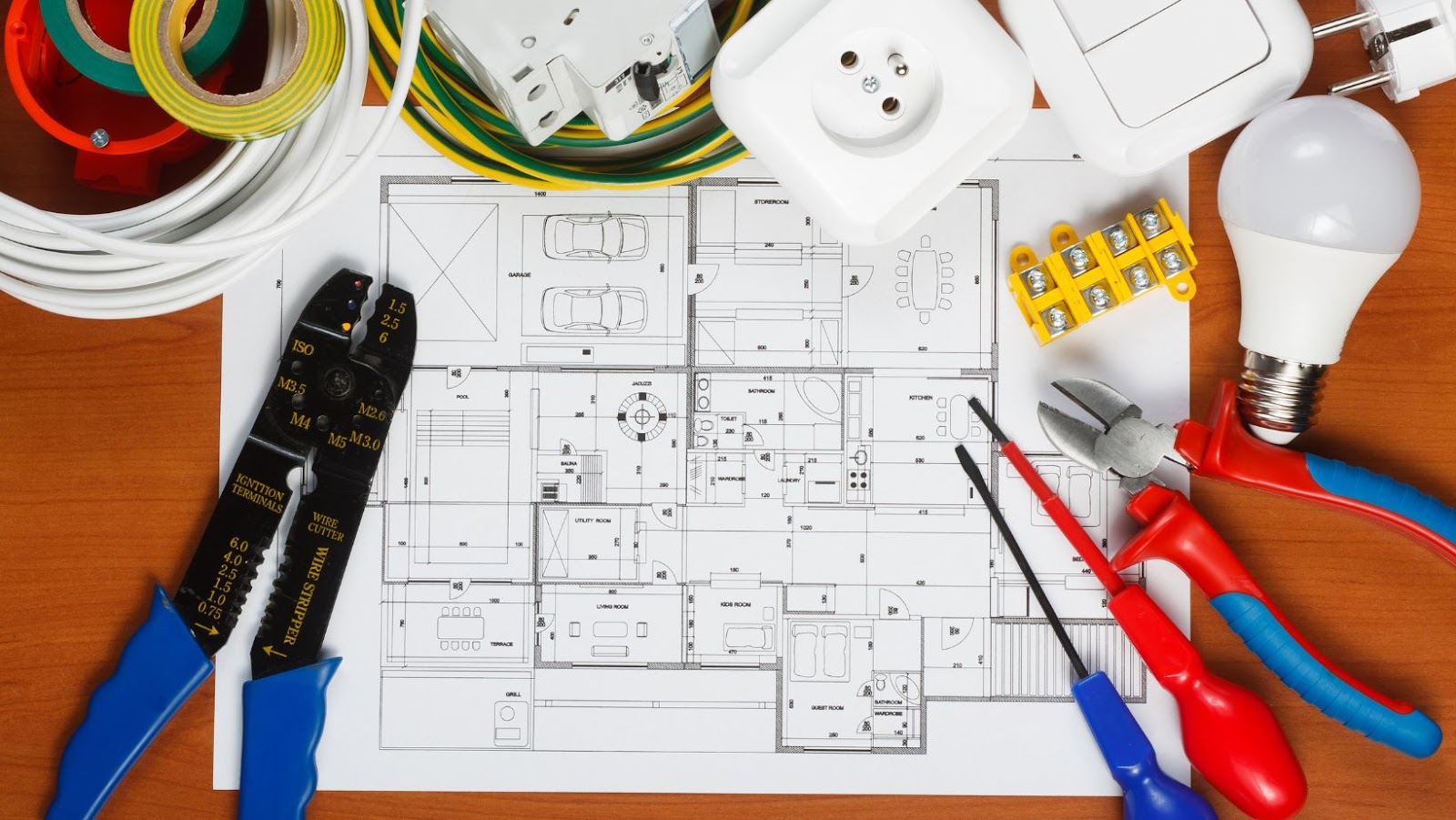Decommissioning Electrical Equipment: Why and How to Do It Properly?

Decommissioning electrical equipment is an essential process that is often overlooked. It involves removing electrical equipment from service in a safe and environmentally responsible manner. The equipment may be decommissioned for various reasons, such as end-of-life, upgrading, or relocation. Decommissioning electrical equipment is critical to ensuring safety, preventing damage to the environment, and complying with regulatory requirements. In this article, we will discuss why decommissioning electrical equipment is important and how to do it properly.
Why Decommissioning Electrical Equipment is Important?
Decommissioning electrical equipment is important for several reasons, including:
- Safety: Electrical equipment that is no longer in use can pose a safety risk if it is not properly decommissioned. There is a risk of electrocution, fires, and explosions if the equipment is not de-energized and isolated correctly.
- Environmental impact: Electrical equipment may contain hazardous materials, such as PCBs, lead, and mercury, which can be harmful to the environment if not handled properly. Decommissioning electrical equipment ensures that hazardous materials are disposed of in a safe and environmentally responsible manner.
- Compliance: There are regulatory requirements for the decommissioning of electrical equipment. Failure to comply with these requirements can result in fines, legal action, and damage to a company’s reputation.
How to Decommission Electrical Equipment Properly?
Decommissioning electrical equipment requires careful planning and execution to ensure that it is done safely and effectively. Here are some steps to follow for proper decommissioning:
- Develop a Decommissioning Plan: Before decommissioning any electrical equipment, it is essential to develop a plan that outlines the steps and procedures to be followed. The plan should identify the equipment to be decommissioned, the personnel responsible for the work, and the timeline for completion.
- De-energize and Isolate the Equipment: Before decommissioning electrical equipment, it must be de-energized and isolated from the power source. This involves disconnecting power cables, removing fuses, and shutting down breakers.

Lockout-tagout procedures should be followed to prevent accidental re-energization.
- Remove Hazardous Materials: Electrical equipment may contain hazardous materials, such as PCBs, lead, and mercury. These materials should be removed and disposed of in a safe and environmentally responsible manner. Hazardous materials may be recycled or sent to a licensed hazardous waste disposal facility.
- Disassemble and Remove Equipment: Once the equipment is de-energized and isolated, it can be disassembled and removed. The equipment should be carefully dismantled to avoid damage or injury. Large equipment may require specialized equipment or personnel for removal.
- Clean and Restore the Site: After the equipment has been removed, the site should be cleaned and restored. Any debris or waste should be properly disposed of, and the area should be left clean and free of hazards.
- Document the Process: It is important to document the decommissioning process, including the equipment removed, the hazardous materials disposed of, and any issues or challenges encountered. This documentation can be used to demonstrate compliance with regulatory requirements and provide a record of the decommissioning process.
Conclusion
Decommissioning electrical equipment is an important process that ensures safety, protects the environment, and complies with regulatory requirements.

Proper decommissioning requires careful planning, execution, and documentation. By following the steps outlined in this article, electrical equipment can be decommissioned safely and effectively, minimizing the risk of accidents and environmental damage. As a responsible company, it is essential to prioritize the proper decommissioning of electrical equipment to ensure a safe and sustainable future.
What's Your Reaction?
Deepak is a lover of nature and all things sporty. He loves to spend time outdoors, surrounded by the beauty of the natural world. Whether he's hiking, biking, or camping, Deepak enjoys being active and in touch with nature. He also loves to compete and push himself to his limits. Deepak is an avid cyclist, runner, and swimmer. He has competed in several triathlons and marathons, and is always looking for new challenges to take on.



